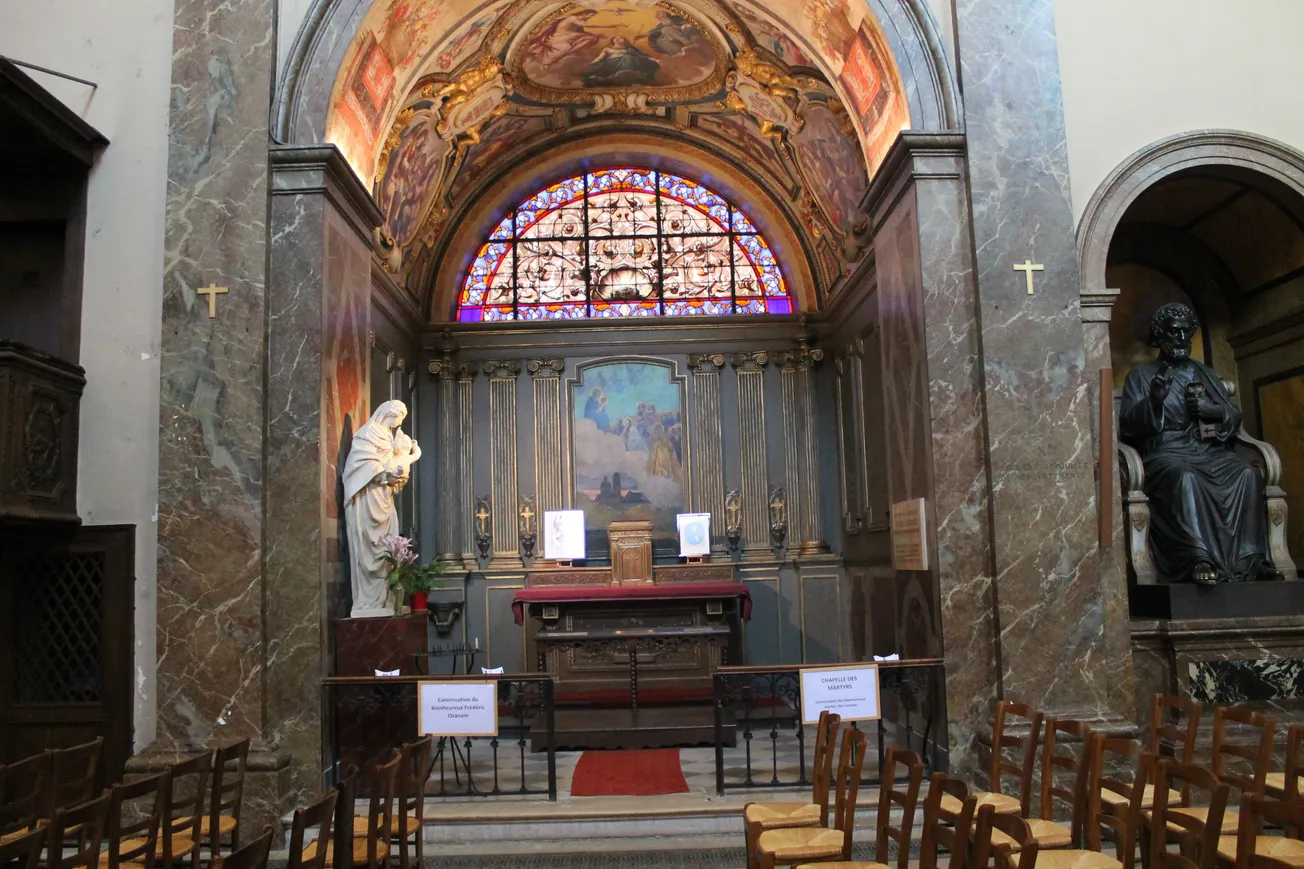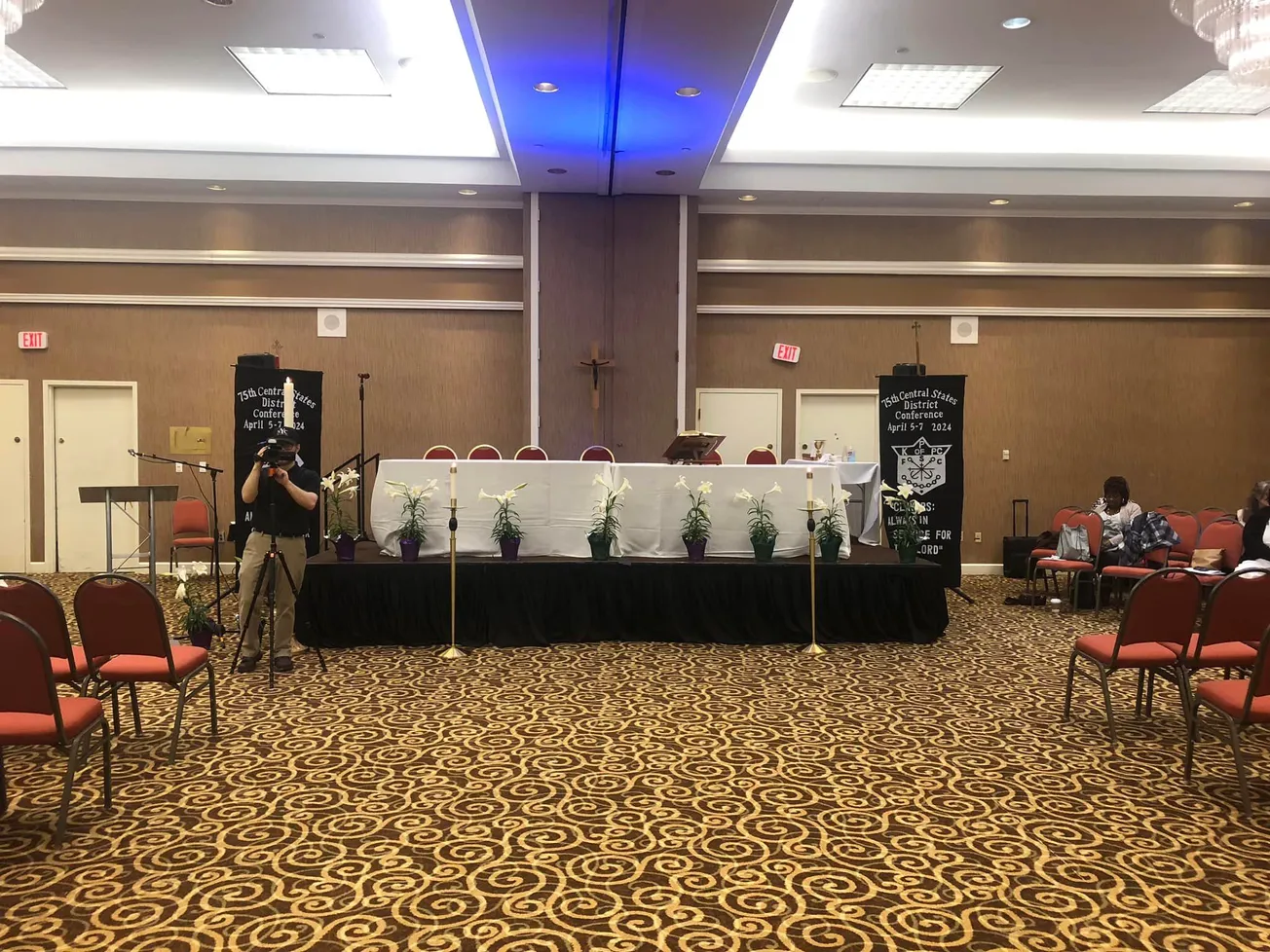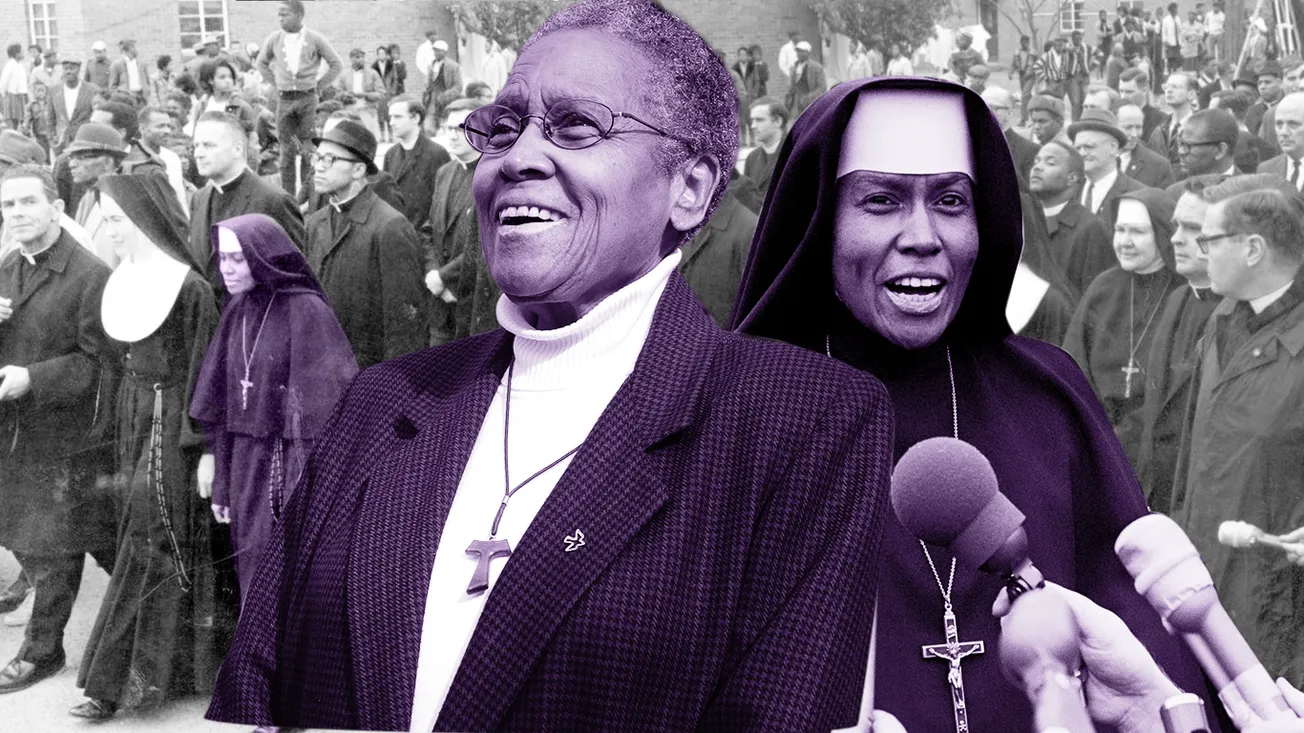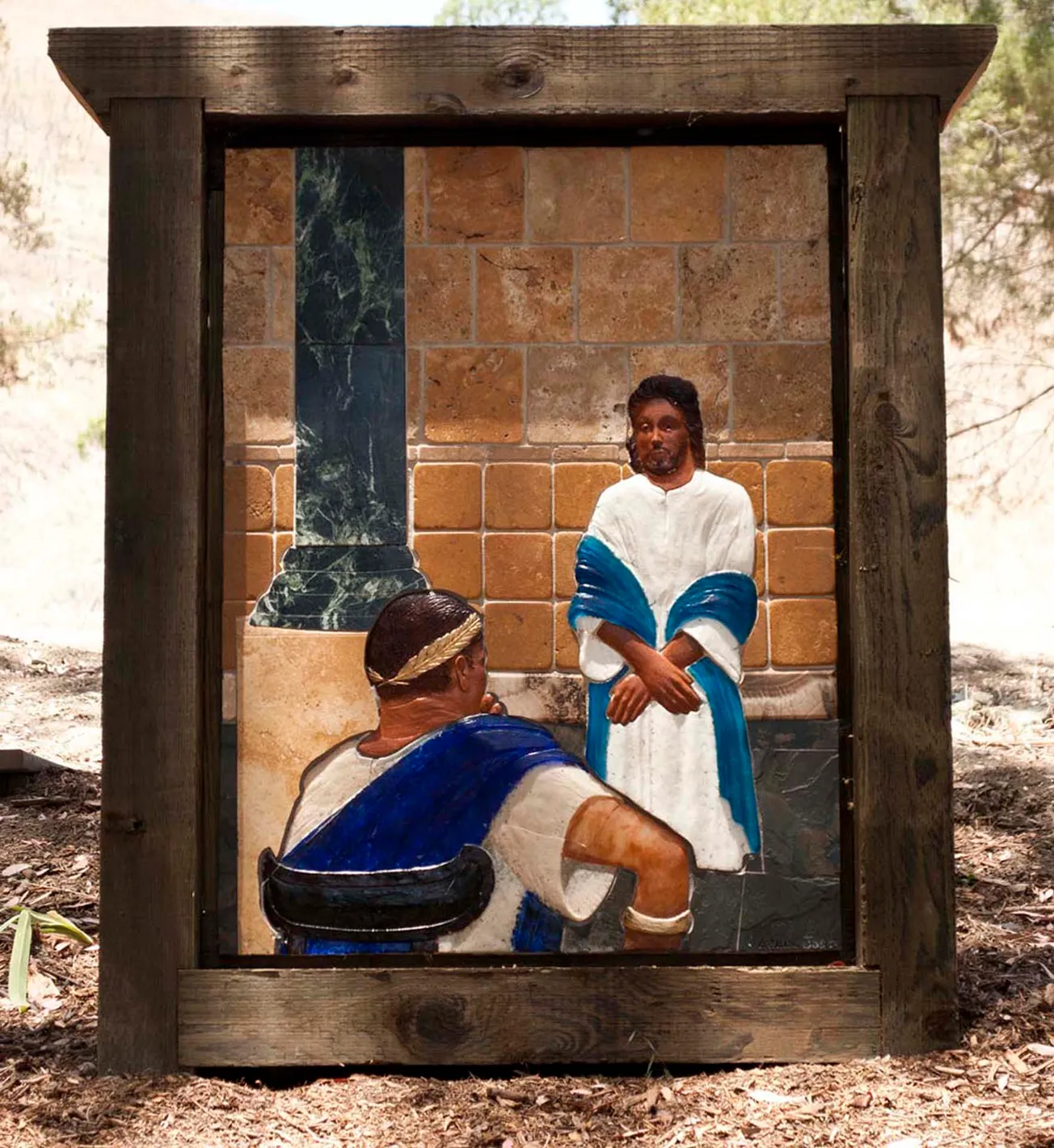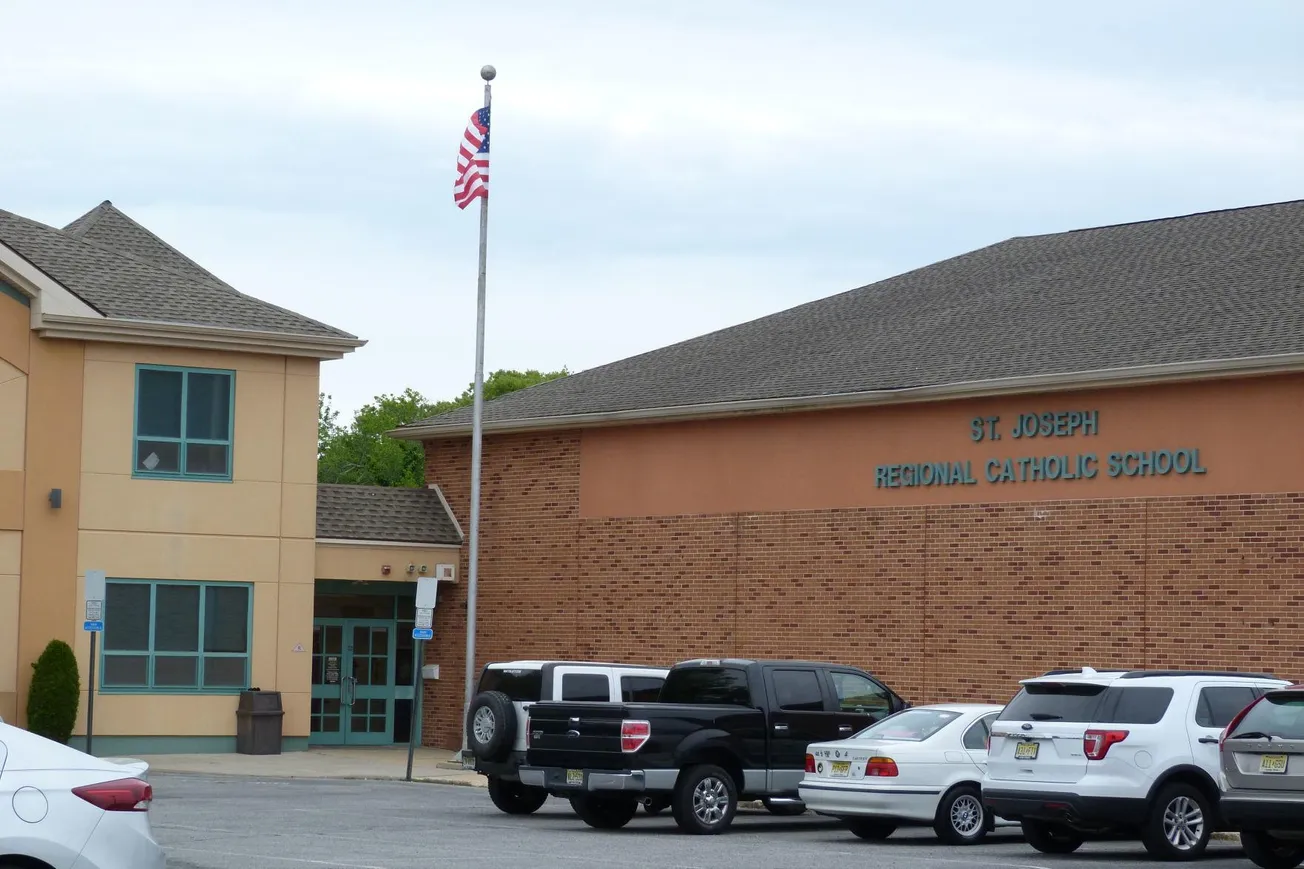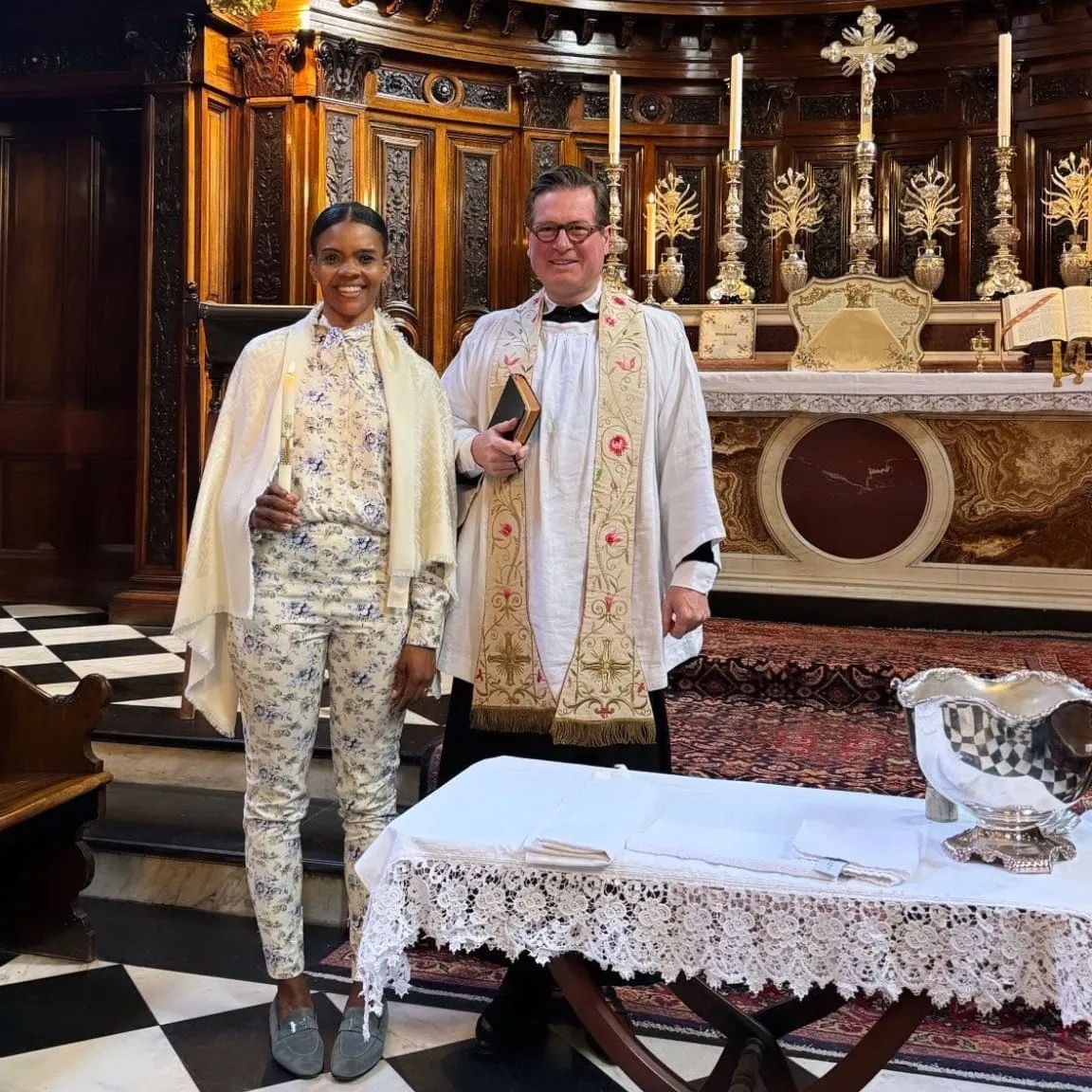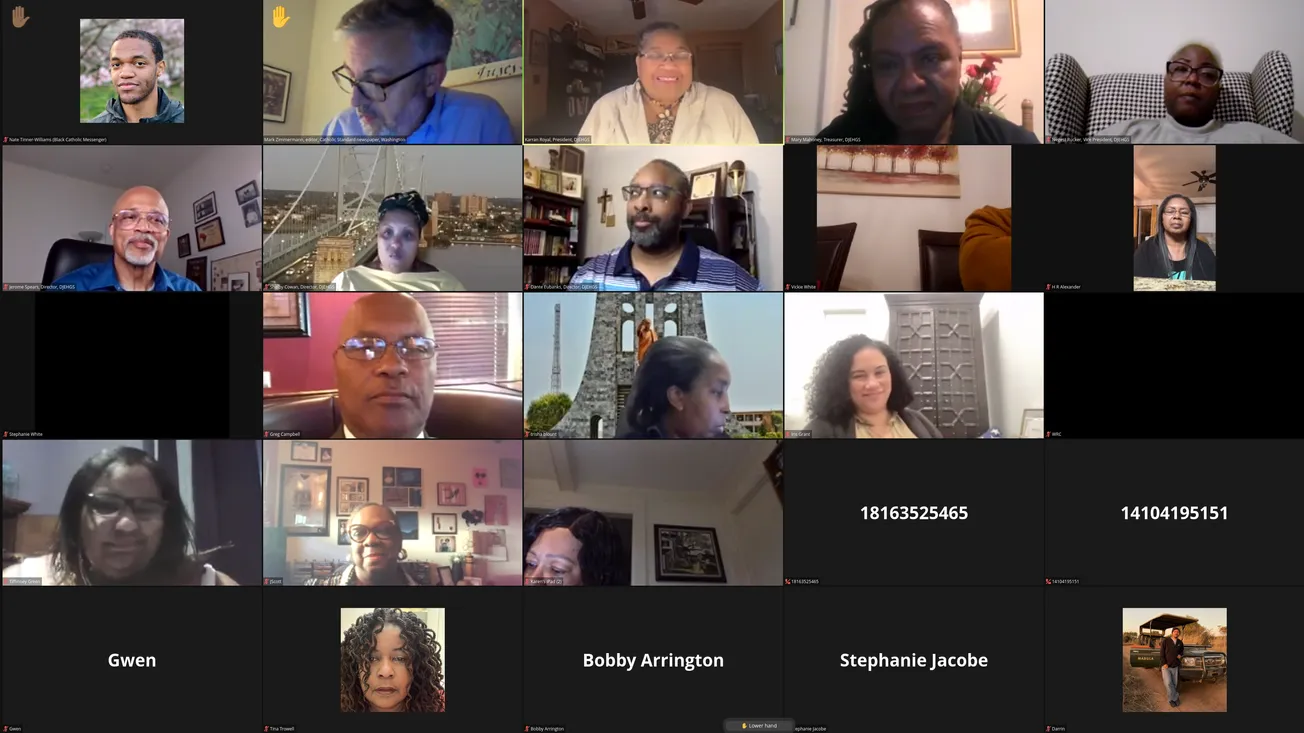It has been more than 60 years since the canonization of Martin de Porres, OP, the first and only Black Catholic saint in the history of the Western Hemisphere. The Afro-Peruvian religious brother in the Dominicans died in 1639.
In the nearly four centuries since, many holy figures from the African diaspora have crossed the mighty Atlantic, be it under the auspices of slavery or immigration, but none have been raised to the altars in the fullest form. Currently, seven African Americans are on the path to sainthood, but none have yet reached even beatification, the final step before canonization.
I have been critiqued on several occasions when writing about these facts, as some would insist that it is not only people from the United States who should be considered “Americans.” Perhaps they're right. For example, Blessed Francisco de Paula Victor, a formerly enslaved Black Catholic priest from Brazil, was beatified in 2015. South America is America too, right?
Well, being a United Statesian myself and knowing the zero count in my country, I wondered: has there ever been a Black Catholic blessed from greater North America? This year, I discovered that the answer is yes.
Meet Fr Jacques “James” J. Bonnaud, a Haitian Jesuit priest whose story is sorely overlooked and yet sorely needed today.
Born in Cap-Français (now Cap-Haïtien) in 1740, Bonnaud was the son of a White French father and Afro-French mother, a not-so-uncommon happening in pre-revolutionary Saint-Domingue, then still under colonial control. The Haitian Revolution, which forever divided White from Black on the island, was yet 50 years hence.
As would be seen later in important mixed-race Black Catholic families stateside (think: the Healys of 19th-century Georgia), the young Jacques was sent overseas for his early academic studies. Like most of the Healy brothers, he would end up in France, where he joined the Society of Jesus in 1758, after a year at the order’s high school in La Flèche.
The Jesuits were soon expelled from France in 1762, just a few years after Bonnaud was made a professor at the Collège de Quimper in Brittany. As he was still technically a seminarian, he undertook the rest of his formation in Flanders and later Paris, where he was ordained in 1764 for the local archdiocese.
Bonnaud would never step foot in his home country again.
He was likely the first Black Jesuit in history. Though he never took final vows in the order, Bonnaud continued to live according to its rule of life even while ministering as a secular priest. He was also one of the first Black people to teach at a European university—trailing the pioneer Ghanaian philosopher Anton Wilhelm Amo by a matter of decades.
Throughout his thirties and forties, Bonnaud wrote prolifically on theological and historical matters, accepted as a post-Renaissance Black man in the notably metropolitan climate of 18th-century Paris. His works included a 500-page tome covering the major Church controversies of his day, as well as a pamphlet on the status of Protestants in the country. (Spoiler alert: He was not a fan.)
In 1788, Bonnaud became vicar general of the Archdiocese of Lyon—just in time for the onset of the French Revolution, which would have devastating effects on the Church. It is said that he authored Archbishop Yves-Alexandre de Marbeuf’s pastoral letter encouraging local Catholics to stand firm amid increasing threats to their religious freedom.
Those threats soon became a reality for Bonnaud himself, when he moved back to Paris as a fierce defender of the Church, even as both it and the French monarchy became enemies of the newly revolutionary state.
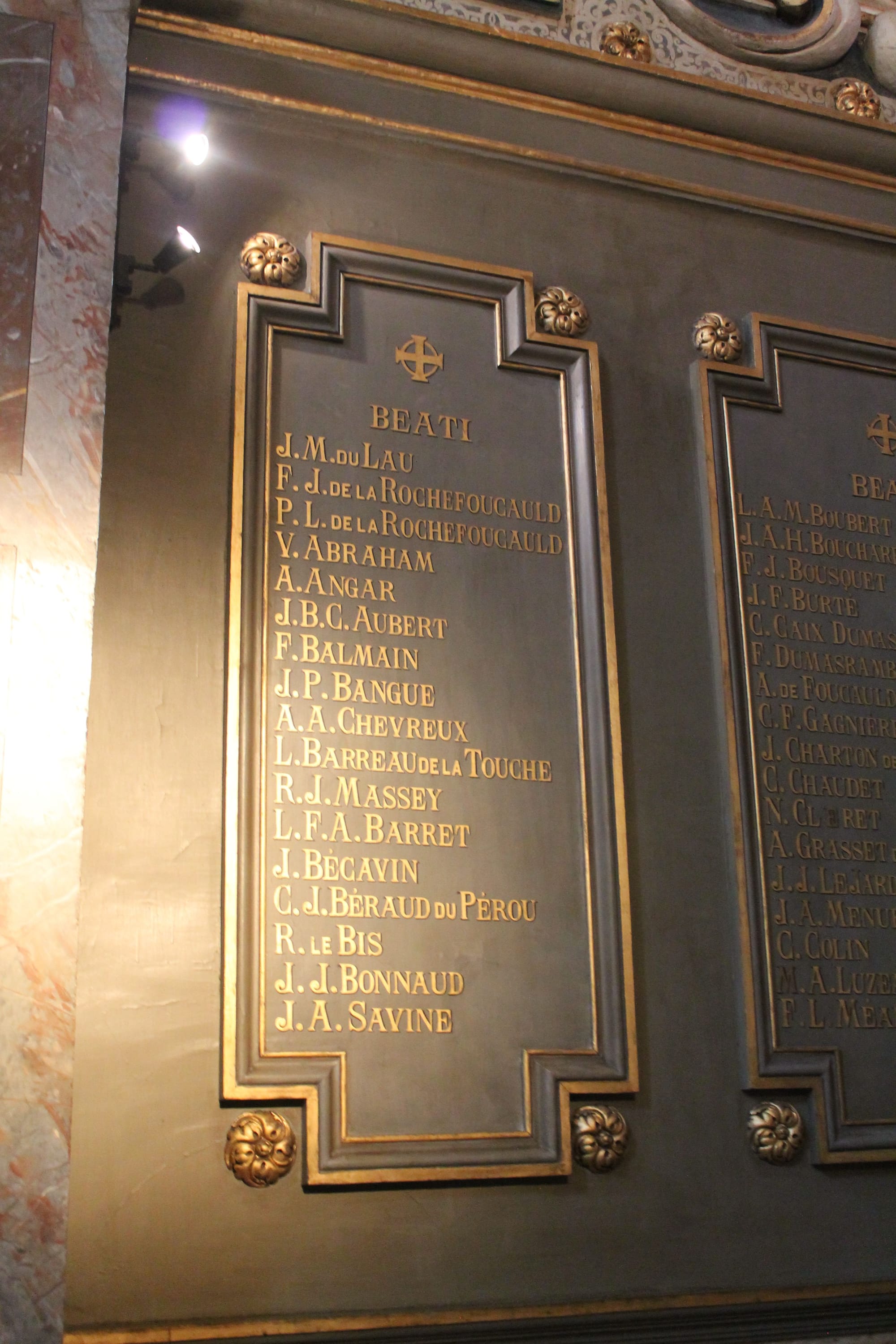
The infamous Civil Constitution of the Clergy was handed down by the National Constituent Assembly in 1789, effectively giving the government control over the entirety of the Catholic Church in France. (Think: the Catholic Patriotic Association in China, except worse.)
Bonnaud, who had then spent more than a decade as a bastion of Catholic orthodoxy in his adopted international home, didn't budge and refused to sign an oath of allegiance to the new schismatic sect. He also continued his habit of polemical writing, though now against godless terrorists who wanted to do away with the Church altogether.
By 1792, Bonnaud was imprisoned with numerous religious dissenters under the new regime, in the infamous Carmes Prison in Paris—not far from where he had been ordained to the priesthood roughly a quarter-century before.
Within a month of his arrest, Bonnaud, then 51 years old, fell victim to the September Massacres. Over the course of a week, more than a thousand prisoners were executed by French revolutionaries, including several Catholic bishops, priests, brothers, laypeople, and women religious. Of the 191 Catholics killed at Carmes, Bonnaud was the only Black person.
He was beatified alongside the rest of his companions in 1926 by Pope by Pope Pius XI, part of a group known as the Holy September Martyrs or the Blessed Martyrs of Carmes (so termed after the prison, a former Carmelite monastery, where they languished before their deaths and are now buried). This made Bonnaud not only the first Black North American blessed, but also the first beatified Black European since Benedict the Moor in 1734.
Bonnaud’s feast is celebrated each year on Sept. 2, the day of his death, as is his companions’, and he is additionally to be remembered on Nov. 5, the feast of All Saints and Blesseds of the Society of Jesus. Neither date is particularly recognized in association with Bonnaud in the United States. Aptly, though, the latter date falls during Black Catholic History Month, a time to remember not just the lives of Black American Catholics, but all holy Black Catholics of the world.
It seems as good a time as any to more widely recognize Bonnaud, a son of the “Pearl of the Antilles.” The year of his beatification came amid the U.S. military occupation of Haiti, and even now the country continues to reel from political instability. Indeed, the Jesuits are among those affected by recent violence against Catholics working in the poorest country in Latin America and the Caribbean.
Perhaps now is the hour to look to a holy Haitian for guidance, one deemed worthy of the beatific vision and whose life of firm resolve against corruption is clearly worth emulating. By his intercession, perhaps peace can come to the world’s first Black republic once and for all. We’ll never know unless we ask.
Blessed Jacques the Just, pray for us.
Nate Tinner-Williams is co-founder and editor of Black Catholic Messenger.


